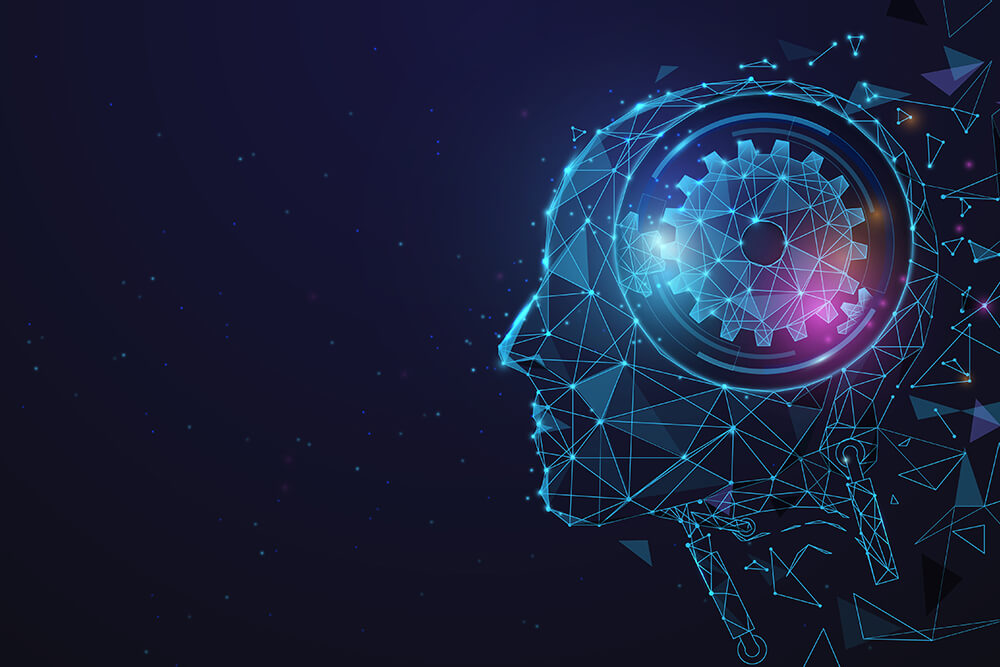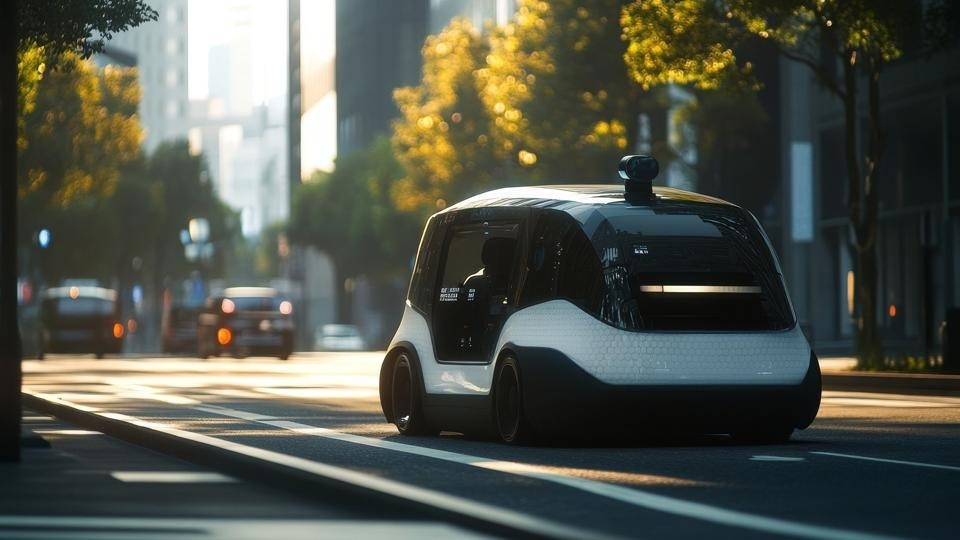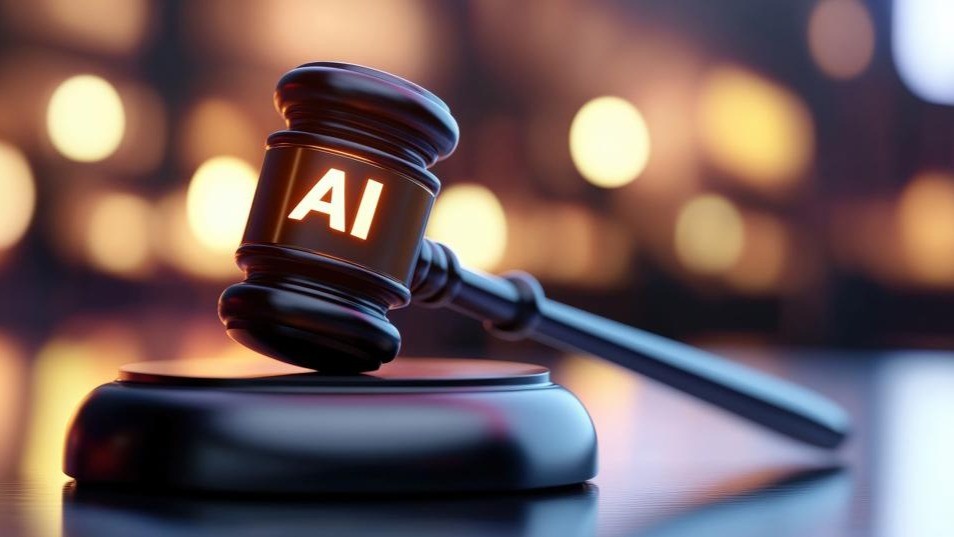The Amazing Ways Wild Me Uses Artificial Intelligence And Citizen Scientists To Help With Conservation
2 July 2021
Did you know that scientists have identified only 1.5 million species out of the 10 million estimated on Earth? And many of those species are vulnerable to extinction. Thanks to the efforts of the non-profit organization Wild Me, the gargantuan task of wildlife preservation is getting a much-needed assist from citizen scientists who photograph and video wildlife when traveling the world, plus high-tech solutions such as cloud computing, artificial intelligence, and machine vision.

Creating Collaborative Data Sets
To make the progress on wildlife conservation that’s necessary, it’s going to take pulling data out of proprietary data sets and joining them into collaborative data sets. This is precisely what Wild Me and its Wildbook platform can do for the effort. The human effort it would take to sort through and classify images and videos of each animal is prohibitively time-consuming. With cloud computing and artificial intelligence, not only does the accuracy improve, but it reduces the time of identifying individual animals from hours when humans do it down to seconds when machines are on the job.
Once the specific animal is identified by the machine analyzing its unique markings, including stripes, spots, and other defining physical features such as scars, the location, time, and date of the image is recorded. Over time, the records for each animal continue to grow as more citizen scientists and researchers add to the image catalog. The data that’s collected about each animal can be used by wildlife experts to track the health, migration, and other important facts about a species. Scientists can use this species info along with climate, geographic, behavioral, and environmental data to better understand the ecological and conservation issues they are facing.
Wild Me started off by tracking whale sharks, a project that launched in 2003 after Jason Holmberg, director of engineering for Wild Me and chief information architect of Wildbook, went scuba diving and saw his first whale shark. After that first encounter, he joined a research expedition and learned how whale sharks were being tracked at the time by using plastic tags. Unfortunately, these plastic tags were rarely re-sighted, therefore making the ability to collect sufficient data on each individual animal nearly impossible.
Holmberg believed there was a more effective way to track animals by using computer vision. He set out to develop the algorithm and the platform to do just that. Wild Me and Wildbook are the result.
Today, Wild Me uses computer vision algorithms to identify whale sharks based on their unique markings from the photos taken around the world by tour operators, tourists, and researchers. They have tagged more than 8,100 whale sharks since the project began, thanks to the contributions of citizen scientists. The success of this database has prompted many other researchers to realize the potential of the citizen-scientist model for their conservation efforts, including projects focused on zebras, humpback whales, ragged-tooth sharks, polar bears, and more. Wild Me made its Wildbook platform open source to allow others to use this non-invasive tracking of species.
To make the Wildbook platform better equipped to scale and handle many more endangered species, Wild Me is working with Microsoft and its AI for Earth program. Now that Wild Me and Microsoft are collaborating, they have grand ambitions that could include expanding the artificial intelligence tools to many more species as well as launching a tweet bot. Already an intelligent agent tags “whale shark” on YouTube videos nightly by using machine learning and natural language processing to read the video description to determine if the video’s description includes info about the animal.
By 2100, 38 percent of all species will be extinct without action and intervention. Insights from data and the processing power that comes with the cloud and artificial intelligence can be instrumental in understanding the issue and how extinction could be prevented. These efforts are most certainly time-sensitive, so any technology that can speed the efforts are necessary. The beauty of Wild Me and its efforts is the combination of citizen scientists participating to submit the data, images, and videos required for the machines to yield insights about wildlife conservation. The public also has the ability to follow their favorite animals and to contribute to the global conservation effort.
There’s no doubt Wild Me’s innovations have revolutionized animal identification. It’s a spectacular example of what can result when humans and machines combine efforts for the greater good.
Where to go from here
If you would like to know more about , check out my articles on:
- Are Alexa And Siri Considered AI?
- How To Put AI Into A Business To Accelerate Performance?
- What Is The Impact Of Artificial Intelligence (AI) On Society?
Or browse the Artificial Intelligence & Machine Learning to find the metrics that matter most to you.
Related Articles
Flying Taxis And Self-Driving Trucks Arrive In 2026: 6 Transport Trends To Watch
By now, “smart” versions exist of just about every home appliance, gadget and gizmos we can think of. However, manufacturers continue[...]
Technology in Action: My Key Takeaways on How AI and Quantum Are Accelerating Global Transformation
By now, “smart” versions exist of just about every home appliance, gadget and gizmos we can think of. However, manufacturers continue[...]
The 10 Biggest Consumer Technology Trends Of 2026
By now, “smart” versions exist of just about every home appliance, gadget and gizmos we can think of. However, manufacturers continue[...]
8 AI Ethics Trends That Will Redefine Trust And Accountability In 2026
By now, “smart” versions exist of just about every home appliance, gadget and gizmos we can think of. However, manufacturers continue[...]
The 7 Banking And Fintech Trends That Will Define 2026
By now, “smart” versions exist of just about every home appliance, gadget and gizmos we can think of. However, manufacturers continue[...]
The 8 Biggest Healthcare Technology Trends To Watch In 2026
By now, “smart” versions exist of just about every home appliance, gadget and gizmos we can think of. However, manufacturers continue[...]
Sign up to Stay in Touch!
Bernard Marr is a world-renowned futurist, influencer and thought leader in the fields of business and technology, with a passion for using technology for the good of humanity.
He is a best-selling author of over 20 books, writes a regular column for Forbes and advises and coaches many of the world’s best-known organisations.
He has a combined following of 4 million people across his social media channels and newsletters and was ranked by LinkedIn as one of the top 5 business influencers in the world.
Bernard’s latest book is ‘Generative AI in Practice’.










Social Media